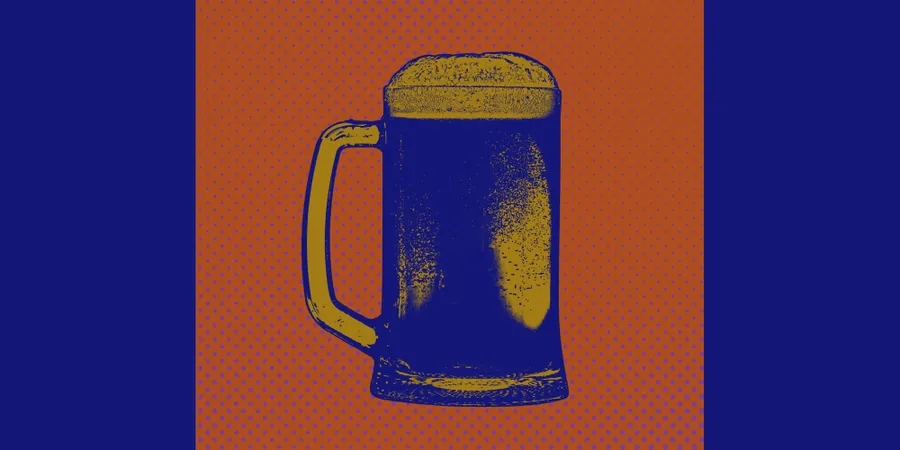
Unveiling the Secrets of Lager Yeast: The Genetic Wonders Behind Your Favorite Beer
2024-11-05
Author: Wei
Lager, a favorite among American beer drinkers for its crisp and refreshing taste, sets itself apart from other beer varieties like ales, stouts, and sours, but what exactly gives lager yeast its unique qualities?
According to Chris Todd Hittinger, a genetics professor at the University of Wisconsin–Madison, the yeast used in brewing plays a crucial role in determining the beer's character. For ales, brewers typically rely on Saccharomyces cerevisiae, commonly known as baker’s yeast, which thrives in warmer fermentation conditions. On the other hand, lagers call for yeast that can operate efficiently at lower temperatures. This is where the industrial choice of S. pastorianus comes in—a hybrid strain that represents the evolution of yeast species suitable for brewing lighter beers.
In a groundbreaking discovery in 2011, scientists identified the wild ancestor of lager yeast, Saccharomyces eubayanus, making strides toward understanding how this yeast adapted to the cool climate required for lager fermentation. Through comparative genomics, Hittinger’s lab revealed that S. eubayanus developed enhanced cold tolerance due to genetic traits associated with its mitochondrial genome.
In experiments, when the mitochondrial genome of S. cerevisiae was swapped into S. pastorianus, the yeast's temperature preferences shifted upwards, underscoring the significance of S. eubayanus's unique traits. This leads to an intriguing conclusion: the presence of the S. eubayanus mitochondrial genome is integral to the successful production of industrial lagers.
When brewing beer, it starts with the essential elements—hops, yeast, and wort, which is a sugary grain water rich in maltose and maltotriose. Hittinger emphasizes that to avoid excessively sweet beers, fermentation must convert these sugars into carbon dioxide and ethanol, giving lagers their desirable dry finish.
While domesticated lager yeasts can metabolize maltotriose, S. eubayanus initially cannot. To explore how S. eubayanus evolved the ability to ferment this critical sugar, Crandall and Hittinger conducted adaptive evolution experiments that uncovered dramatic mutations driving this key trait. Their research revealed that S. eubayanus is capable of acquiring a novel, chimeric maltotriose transporter through genetic recombination, enhancing both its metabolic capabilities and the range of flavors it can provide.
Moreover, they observed a striking transformation within S. eubayanus when switching from diploid to haploid forms, which allowed activation of previously dormant transporters. This haploid-specific gene activation marks a fascinating area of yeast physiology, suggesting that many genetic pathways have yet to be explored.
This research not only provides insights into lager yeast evolution but also prompts questions about the future of brewing innovation. With the fermentation capabilities of S. eubayanus being refined, brewers may soon have access to new flavors and styles. Who knows what exciting developments lie just around the corner in the world of beer production?



 Brasil (PT)
Brasil (PT)
 Canada (EN)
Canada (EN)
 Chile (ES)
Chile (ES)
 España (ES)
España (ES)
 France (FR)
France (FR)
 Hong Kong (EN)
Hong Kong (EN)
 Italia (IT)
Italia (IT)
 日本 (JA)
日本 (JA)
 Magyarország (HU)
Magyarország (HU)
 Norge (NO)
Norge (NO)
 Polska (PL)
Polska (PL)
 Schweiz (DE)
Schweiz (DE)
 Singapore (EN)
Singapore (EN)
 Sverige (SV)
Sverige (SV)
 Suomi (FI)
Suomi (FI)
 Türkiye (TR)
Türkiye (TR)